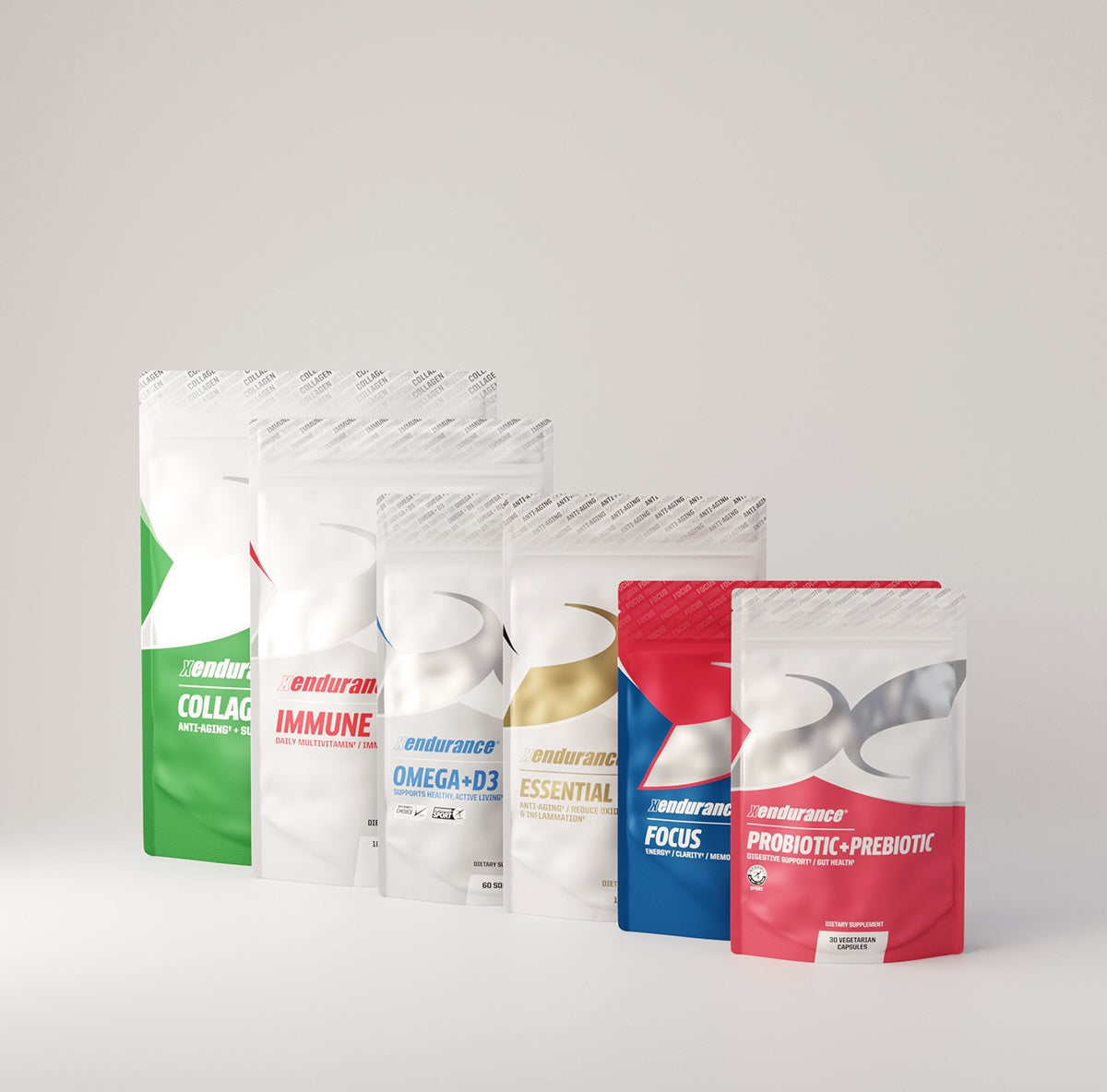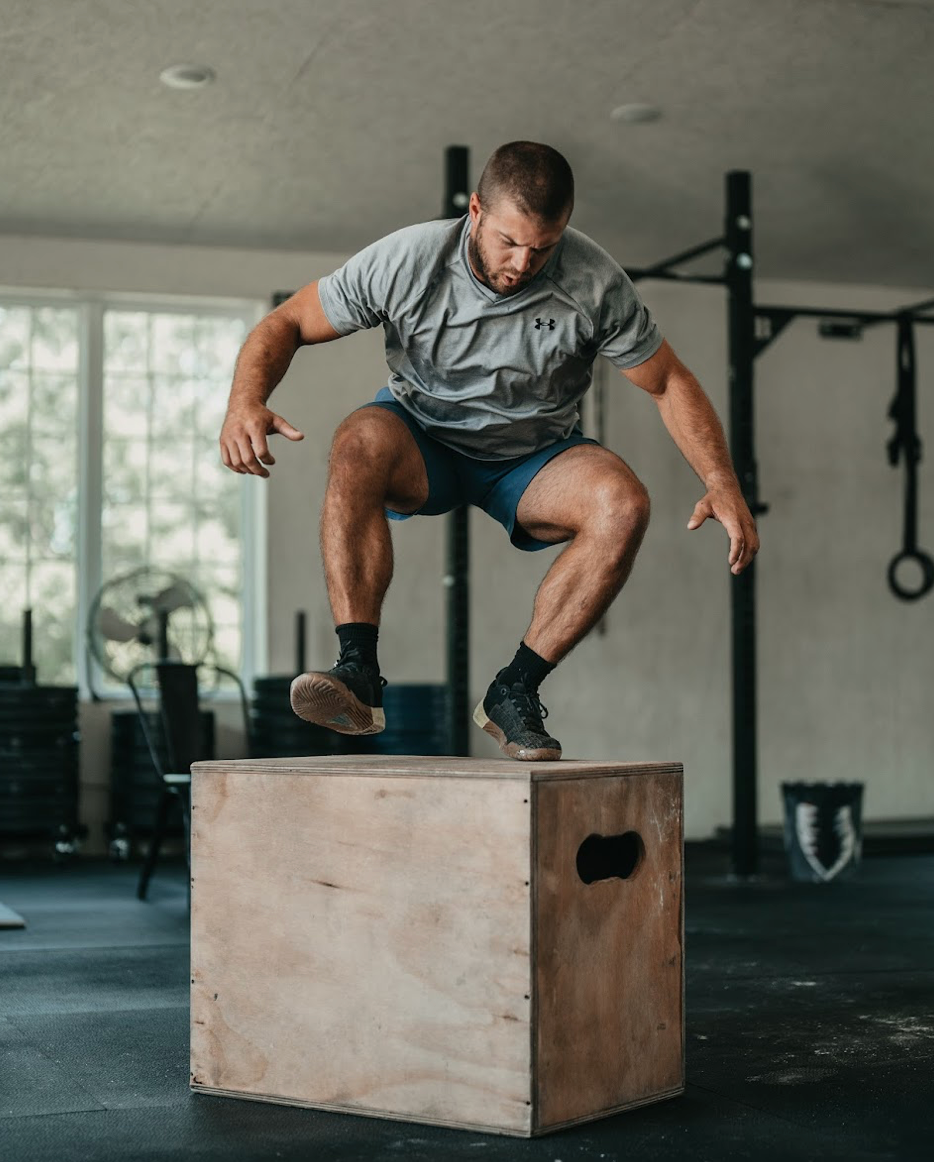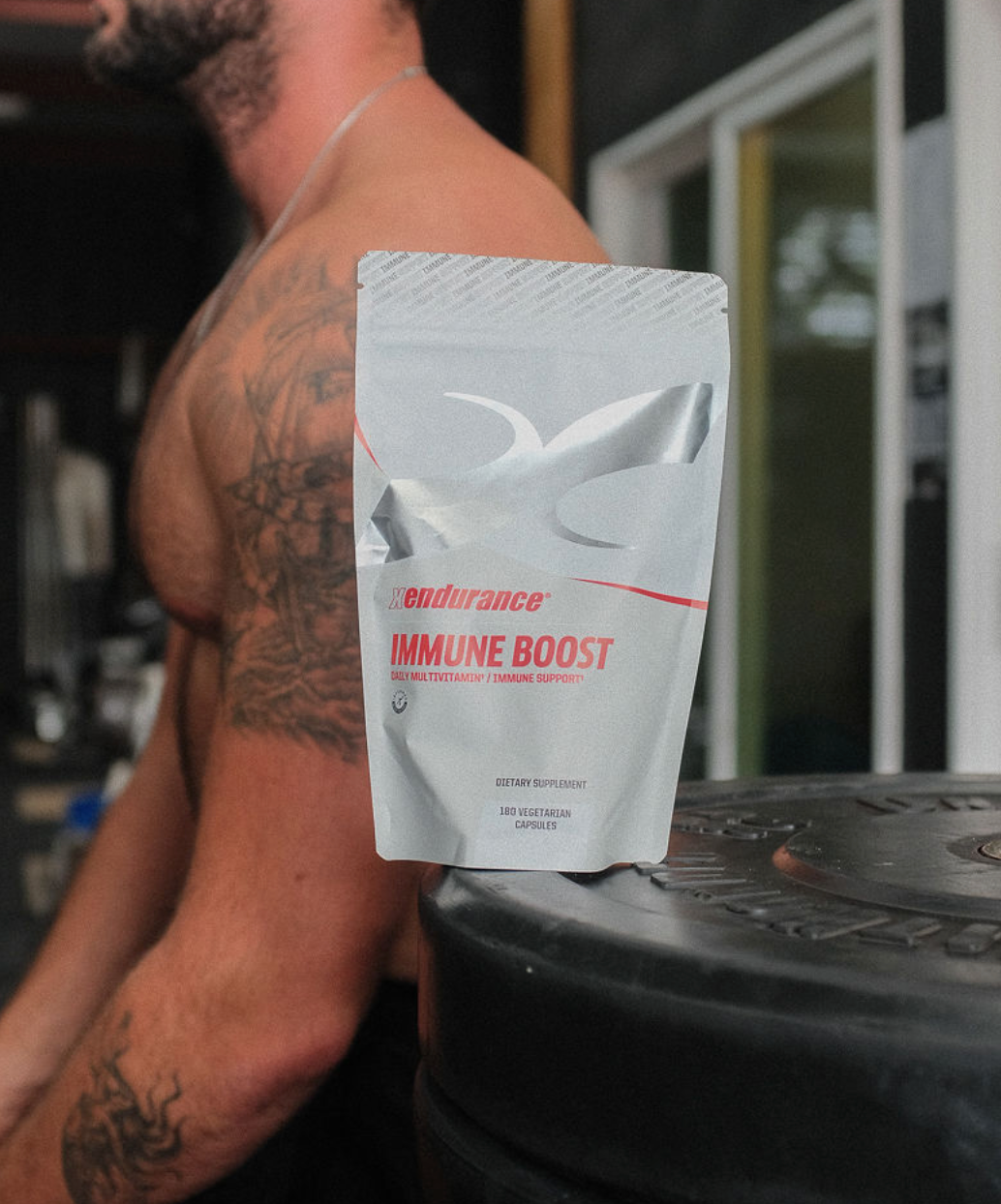The term "hybrid athlete" is gaining traction in the fitness world, yet it's still a relatively new concept for many. A hybrid athlete is someone who excels in both strength and endurance disciplines, pushing the boundaries of traditional sports and fitness training. These athletes don’t conform to the long-standing notion that you need to specialize in one form of training to achieve elite status. Instead, hybrid athletes embrace multiple training modalities and seek proficiency in diverse, and often conflicting, areas of athletic performance.
The Origins of the Term “Hybrid Athlete"
The term "hybrid athlete" originated within the last decade, as fitness communities began to recognize the growing trend of individuals who defied traditional training categorizations. Historically, athletes have been divided into categories: endurance athletes like marathon runners and cyclists, or strength-focused athletes like powerlifters, bodybuilders, and strongmen. The idea was that endurance and strength were mutually exclusive due to the physiological demands of each.
However, with the rise of functional fitness and programs like CrossFit, more and more athletes began to train for both endurance and strength events simultaneously. This created a unique category of athletes who could excel across multiple domains, leading to the emergence of the hybrid athlete. CrossFit popularized this concept, but it soon expanded beyond the confines of functional fitness competitions, taking hold in ultra-endurance events, obstacle races, and even the military fitness world.
While there’s no official record of who coined the term "hybrid athlete," it has become part of the lexicon within high-performance training circles. It now describes individuals who actively pursue peak performance in multiple athletic disciplines, despite the physiological and mental challenges that come with balancing opposing training methodologies.
The Types of Sports that Make Up a Hybrid Athlete
A hybrid athlete is typically involved in a combination of endurance-based and strength-based sports. These may include:
- Running and Powerlifting: One of the most well-known combinations for hybrid athletes is long-distance running paired with powerlifting. A hybrid athlete might compete in marathons or ultramarathons, while simultaneously lifting heavy in the gym and competing in powerlifting meets. Running builds aerobic capacity, while powerlifting focuses on maximal strength.
- Cycling and CrossFit: Cyclists often spend hours building endurance, particularly in their legs, while CrossFit incorporates full-body strength movements, high-intensity intervals, and Olympic lifting. Many hybrid athletes compete in cycling events but also participate in CrossFit competitions or train in functional fitness gyms.
- Swimming and Weightlifting: Swimming demands endurance, strength, and speed. A hybrid athlete who swims might also incorporate weightlifting, which helps build muscle strength, explosiveness, and resilience, to enhance their performance in the water.
- Triathlon and Strongman Competitions: Triathletes are known for their stamina, combining swimming, cycling, and running. Hybrid athletes who compete in triathlons might also train for or compete in strongman competitions, which require brute strength and power.
- Military Fitness and Ultra-Endurance Events: Military personnel are often considered natural hybrid athletes. They are trained to maintain high levels of endurance, speed, and agility, while also developing significant strength. This type of training can be seen in events like the Navy SEALs fitness test, which combines running, swimming, pull-ups, push-ups, and sit-ups. Similarly, hybrid athletes may compete in ultra-endurance events like Spartan Races, where running is combined with strength-based obstacle challenges.
- Mixed Martial Arts (MMA) and Strength Training: Hybrid athletes can also be found in combat sports like MMA. Fighters need not only agility and endurance to go multiple rounds but also the explosive strength to deliver powerful strikes and takedowns. As a result, many MMA athletes train both strength and conditioning at high levels, qualifying them as hybrid athletes.
Is HYROX a Hybrid Sport?
Hyrox is a hybrid sport that perfectly embodies the concept of hybrid athleticism, designed to test both strength and endurance in a balanced format, making it ideal for hybrid athletes. It integrates elements of functional fitness, high-intensity interval training (HIIT), and endurance racing into a single competition. In a typical Hyrox event, participants run 1 kilometer, followed by completing a functional fitness exercise, with this pattern repeated eight times. By the end of the competition, athletes will have run a total of 8 kilometers and completed eight different workout stations, each challenging both their strength and endurance.
What Differentiates Hybrid Athletes from Other Athletes?
Hybrid athletes differ from traditional athletes in several key ways:
1. Training Balance and Adaptation:
Hybrid athletes must balance their training between opposing goals. For example, traditional endurance athletes might focus solely on improving cardiovascular efficiency, while strength athletes focus on building muscle mass and increasing power output. However, a hybrid athlete has to carefully manage their training volume, recovery, and nutrition to progress in both domains without one negatively affecting the other. This balance requires deep knowledge of periodization, muscle recovery, and performance metrics.
2. Versatility:
Hybrid athletes are often seen as highly versatile. They can perform well in a wide range of physical tasks that might confound traditional athletes. For instance, a marathon runner might struggle to deadlift significant weight, and a bodybuilder might lack the endurance to complete a 10K run. However, a hybrid athlete has developed both the strength to lift and the stamina to run long distances, making them proficient in varied physical activities.
3. Physiological Challenges:
Combining strength and endurance training puts unique stress on the body. Building muscle mass through strength training can lead to weight gain, which can impair endurance performance. Similarly, extensive endurance training can hinder muscle recovery and impair strength gains. Hybrid athletes have to strategically navigate these physiological trade-offs, often focusing on functional strength, lean muscle mass, and cardiovascular efficiency.
4. Mental Fortitude:
The hybrid athlete's path is mentally challenging because it requires a commitment to two often conflicting training styles. It is common for these athletes to face periods of frustration due to the difficulty of excelling in both realms simultaneously. The determination to push through these challenges sets hybrid athletes apart, as they must stay disciplined, adapt their routines, and continually reassess their progress in both strength and endurance.
5. Recovery and Nutrition:
Given the demands on their body, hybrid athletes need to prioritize recovery and nutrition more than most traditional athletes. Ensuring adequate protein intake to support muscle recovery, while also maintaining a caloric intake that supports high levels of endurance, is no small feat. Recovery protocols such as sleep optimization, active recovery, foam rolling, and mobility work become crucial for hybrid athletes who train at high intensities across multiple sports.
Who Uses the Term “Hybrid Athlete” Now?
The term "hybrid athlete" is increasingly popular in the fitness industry and is used by:
- Functional Fitness Communities: CrossFit and other functional fitness programs often attract individuals looking to blend strength and endurance training. CrossFit athletes routinely combine Olympic lifts with running, rowing, or biking, making them natural candidates for the hybrid athlete label.
- Endurance Athletes Who Lift: Endurance athletes, such as marathon runners or triathletes, have increasingly embraced strength training to improve their performance, enhance durability, and prevent injuries. This blending of endurance and strength training leads many endurance athletes to identify as hybrid athletes.
- Strength Athletes Exploring Endurance: Powerlifters and bodybuilders who want to improve their cardiovascular health or pursue more functional goals are increasingly adding endurance elements to their training. These athletes may run or cycle alongside their regular lifting routine, qualifying them as hybrid athletes.
- Military and Tactical Athletes: Military personnel, police officers, firefighters, and first responders are prime examples of hybrid athletes. These individuals need to maintain high levels of strength and endurance simultaneously due to the physical demands of their jobs. Training programs like Tactical Athlete and Military Athlete are built around the idea of hybrid athleticism.
- Everyday Fitness Enthusiasts: With the rise of social media fitness influencers and the accessibility of diverse training programs, everyday fitness enthusiasts are embracing hybrid training. These individuals may not compete at a professional level, but they aim for a balance of strength and endurance, incorporating elements like running, cycling, lifting, and functional fitness into their routines.
The Future of the Hybrid Athlete
The hybrid athlete represents a shift away from the traditional thinking that athletes must specialize in either strength or endurance. Instead, hybrid athletes are proving that it’s possible to excel in both. Whether it’s lifting heavy weights, running long distances, or competing in multi-modal events like Spartan Races, hybrid athletes demonstrate that human performance isn’t confined to a single domain.
In many ways, the rise of the hybrid athlete reflects broader trends in fitness and wellness. People are no longer content to focus on just one aspect of health and fitness; they want to be well-rounded, resilient, and capable across multiple dimensions of performance. As training science continues to evolve, and as more athletes and fitness enthusiasts embrace the hybrid mindset, it’s likely that hybrid athletes will become more common and continue to push the boundaries of what the human body can achieve.









Leave a comment
This site is protected by hCaptcha and the hCaptcha Privacy Policy and Terms of Service apply.